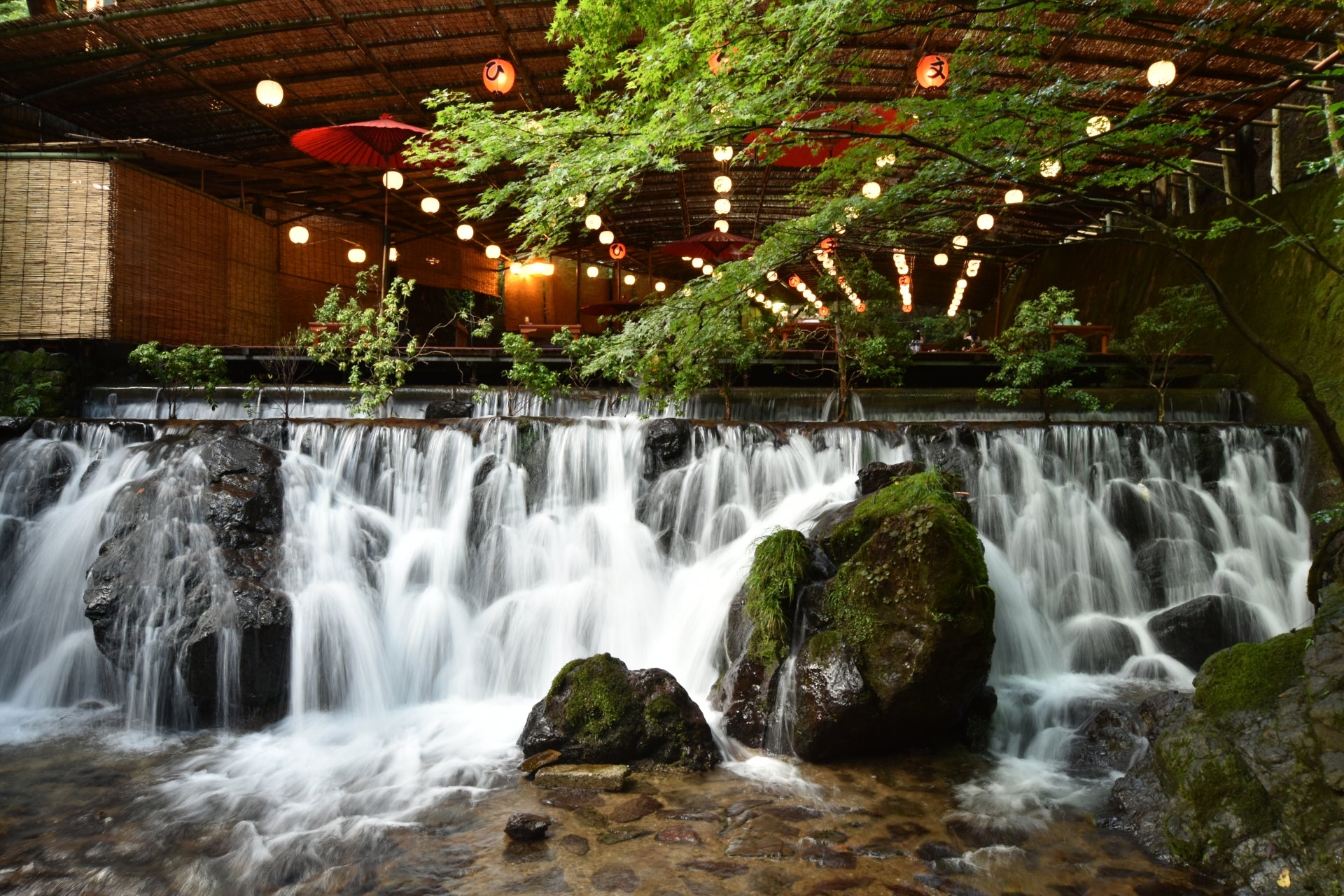
Living in Japan comes with its own set of challenges, and one that might not be immediately obvious is the sticky, humid summer. Sure, Australia might have higher temperatures, but don't underestimate the power of humidity – it's the real game-changer here. Whether you're gearing up for your first taste of Japanese summer or just on the hunt for some hacks to make it through more easily this time, taking a moment to go through this blog, before the heatwave hits could be a total game plan. Now, here's the kicker – how do you handle the heatwave like a true local? Japan's got some killer tricks up its sleeve, and we're here to spill the secrets on how to boss the Japanese summer, like a total pro!
No Unagi, No life in summer; Why Unagi is recognized as a summer food in Japan?

In Japan, the locals are well-acquainted with the old custom of indulging in eel on the "Doyo no Ushi no Hi" (The day you eat Unagi). The rationale behind this tradition lies in the notion that eel consumption effectively wards off the notorious summer fatigue. This practice of savoring nutritious eel as a strategy to withstand the sweltering season persisted around 1772 - 1788). The Unagi is a particularly nutrient-rich fish that has long been thought of as a kind of superfood.
Art of Shaving Ice: The treat worth waiting in line for
Many of you go through these sudden, really painful but quick headaches after gobbling down something cold. But you know, ice cream headaches, or brain freeze, is more like an annoying quirk of being human than some big, serious health issue. 
How do ice cream headaches happen?
When you eat something cold, your throat and the inside of your mouth suddenly get cold. In response, the human body temporarily increases blood flow to warm up. During this process, blood vessels connected to the brain expand, leading to the occurrence of a headache.
Magical Ice in Japan.
There are only five remaining producers of natural ice in Japan. Among them, three are gathered in Nikko City, Tochigi Prefecture, preserving the long-standing tradition and cultural heritage.
Ice made from pure natural water with fewer impurities forms into a piece of hard ice due to tightly bonded water molecules. This hard ice can be finely shaved, and during the process of shaving and serving, air gets incorporated, resulting in what we call a fluffy shaved ice !!
The most Instagrammable temple in Kyoto
Shoujuin Temple(正寿院) has been the hottest tourist destination in 2017, especially among girls. Although the temple is located slightly remote area of the city, it’s very much worth traveling to see their heart-shaped window with stunning colorful paints of the ceiling and wind bell

The Shoujuin Temple is located in a summer resort area known for being around 5 degrees Celsius cooler compared to the central part of Kyoto city. Not only the temperature but also the appearance and sound of wind chimes are meant to evoke a sense of coolness
The charm of the temple grounds adorned with over 2000 wind chimes spread throughout the nation through word-of-mouth and social media. Consequently, this practice of hanging wind chimes has been adopted by numerous temples and shrines. As a result, the temple has earned the nickname "Wind Chime Temple." Notably, this is the exclusive location where wind chimes representing all 47 prefectures across Japan can be appreciated.
More wind bell for you
Is Kibune 10℃ cooler than the city?

About 400 years ago, in Kyoto, the Kawadoko culture began. It started during the Edo period when people in Kyoto went to restaurants with patios built over rivers. They did this to stay cool with the river's breezy chill.

When you're in Kibune, don't miss the chance to dine by the river in the Kawadoko style. It's a famous Kyoto summer tradition. Kibune, a mountain village in the north of Kyoto, has long been a summer getaway for Kyoto's residents. Imagine enjoying delicious food on tatami mats above the river, feeling the refreshing summer wind, all while savoring an exquisite kaiseki meal.
More sake cups from our selections.
We hope you found the blog informative and engaging, offering valuable insights about Kyoto. It's essential to realize that Kyoto's beauty and attractions are not confined to just spring and autumn; this city has something special to offer year-round.

